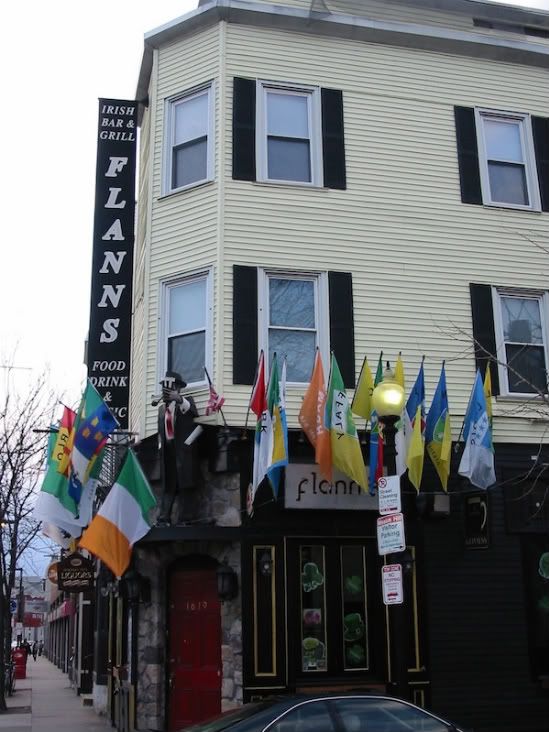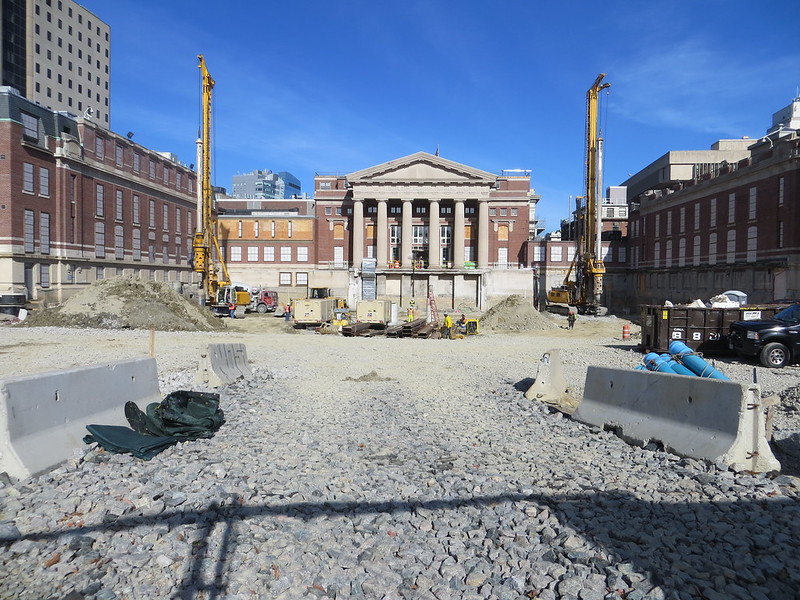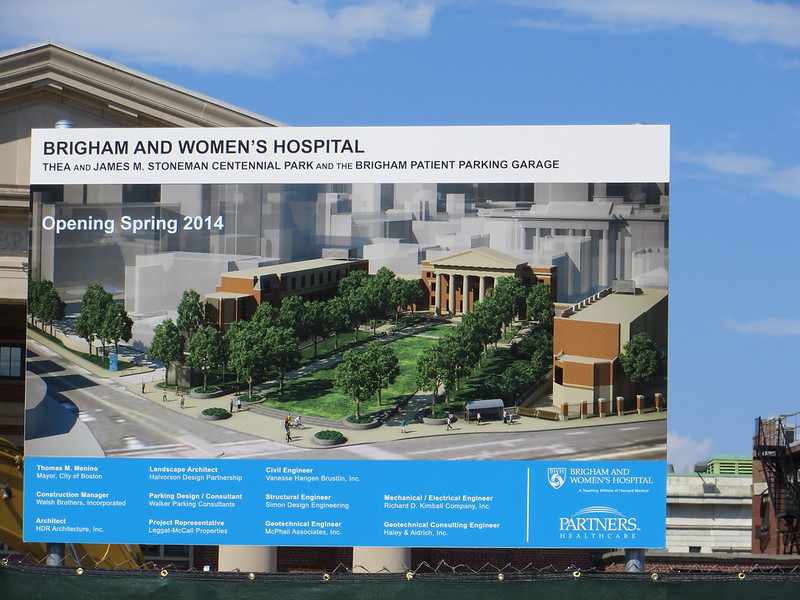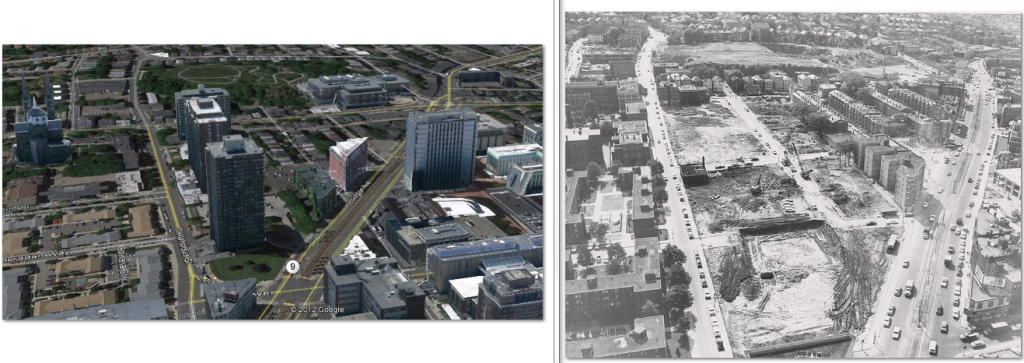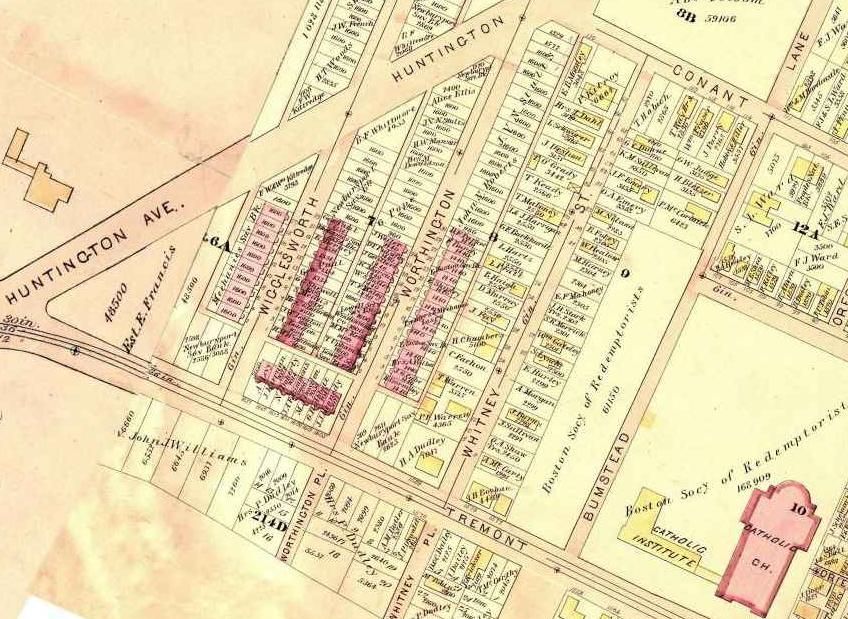Shepard
Senior Member
- Joined
- Mar 20, 2009
- Messages
- 3,518
- Reaction score
- 68
I've been curious for a while about Brigham Circle. Two questions.
First, specifically about when the circle in the streetscape was integrated into the intersection, and why it was?
http://maps.google.com/maps?f=q&sou...z_NHUWRAkd1UmnrnU4JzAQ&cbp=12,341.16,,0,10.12
Is it meant practically as a traffic calming measure or for pedestrian enhancement, or is it meant (literally) as "street art" giving the intersection a sense of place? In any case, it seems pretty unique to the region - something you're more likely to see in Amsterdam or Copenhagen.
Second question: Wigglesworth and Worthington Streets. Obviously very different housing stock than the surrounding area. What's the story? Was this once a larger brownstone district that was largely demolished? And if not, how did these isolated South End style streets end up in Mission Hill?
(A few other brownstone-style streets exist in the area, including Delle Ave, with this amazing park entrance http://maps.google.com/maps?hl=en&s...esult&ct=image&resnum=1&sqi=2&ved=0CBUQ8gEwAA )
First, specifically about when the circle in the streetscape was integrated into the intersection, and why it was?
http://maps.google.com/maps?f=q&sou...z_NHUWRAkd1UmnrnU4JzAQ&cbp=12,341.16,,0,10.12
Is it meant practically as a traffic calming measure or for pedestrian enhancement, or is it meant (literally) as "street art" giving the intersection a sense of place? In any case, it seems pretty unique to the region - something you're more likely to see in Amsterdam or Copenhagen.
Second question: Wigglesworth and Worthington Streets. Obviously very different housing stock than the surrounding area. What's the story? Was this once a larger brownstone district that was largely demolished? And if not, how did these isolated South End style streets end up in Mission Hill?
(A few other brownstone-style streets exist in the area, including Delle Ave, with this amazing park entrance http://maps.google.com/maps?hl=en&s...esult&ct=image&resnum=1&sqi=2&ved=0CBUQ8gEwAA )
Last edited:



